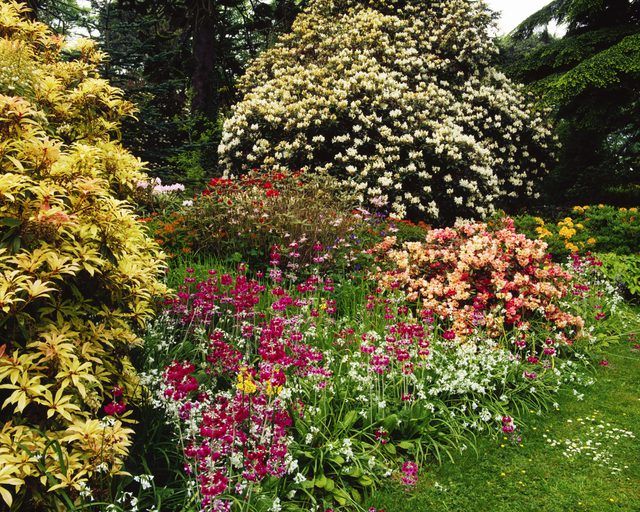Bulbs
Flower Basics
Flower Beds & Specialty Gardens
Flower Garden
Garden Furniture
Garden Gnomes
Garden Seeds
Garden Sheds
Garden Statues
Garden Tools & Supplies
Gardening Basics
Green & Organic
Groundcovers & Vines
Growing Annuals
Growing Basil
Growing Beans
Growing Berries
Growing Blueberries
Growing Cactus
Growing Corn
Growing Cotton
Growing Edibles
Growing Flowers
Growing Garlic
Growing Grapes
Growing Grass
Growing Herbs
Growing Jasmine
Growing Mint
Growing Mushrooms
Orchids
Growing Peanuts
Growing Perennials
Growing Plants
Growing Rosemary
Growing Roses
Growing Strawberries
Growing Sunflowers
Growing Thyme
Growing Tomatoes
Growing Tulips
Growing Vegetables
Herb Basics
Herb Garden
Indoor Growing
Landscaping Basics
Landscaping Patios
Landscaping Plants
Landscaping Shrubs
Landscaping Trees
Landscaping Walks & Pathways
Lawn Basics
Lawn Maintenance
Lawn Mowers
Lawn Ornaments
Lawn Planting
Lawn Tools
Outdoor Growing
Overall Landscape Planning
Pests, Weeds & Problems
Plant Basics
Rock Garden
Rose Garden
Shrubs
Soil
Specialty Gardens
Trees
Vegetable Garden
Yard Maintenance
Creating an Informal Flowerbed
Informal flowerbeds rely on a small amount of planning to get create a balanced -- but fancy free -- look.

In the battle between formal and informal landscape design, informal wins most among homeowners. While both styles rely on achieving balance throughout the flowerbed design, informal beds follow a fine line between order and creativity.
Design Basics
Formal flowerbeds and landscapes rely on symmetry; each side being a mirror image of the other is common in formal designs. Formal beds also rely heavily on straight lines, repetition, rows and geometric shapes.
While informal flowerbeds tend to throw all of this to the wind, rarely do they succeed as unplanned chaos. Informal beds rely on different measures than mirroring to achieve suitable balance.
Pick a Color Theme
A bed of wildflowers may have every color imaginable, but it works because it mimics nature. However, choosing a more dedicated color theme brings a small sense of order and aesthetic value.
The three basic color schemes for landscaping are monochromatic, analogous and complementary.
Monochromatic beds rely on using one color throughout -- different hues and shades are acceptable.
An analogous bed uses three or four colors next to each other on the color wheel. Examples include red, red-orange and orange; dark pink, vivid purple and deep violet; and white, creamy yellow and brighter yellow.
Complementary colors are those that lie across from each other on the color wheel. Common examples for flowerbeds include purple and yellow, blue and orange, and red and green.
Use Odd-Numbered Groupings
Formal beds typically use straight rows to create a strong line. In an informal bed, however, forget about the straight rows. Plant odd-numbered groupings of same plants together. Odd-numbered plants give a better display, according to University of Illinois Extension, and even numbers of plants present formality.
Use Features to Create Balance
Instead of using symmetry to create balance, use the plants' different features to balance the visual weight of your flowerbed.
If on one side you have one plant, or odd-numbered clumps of one plant with a bold, vivid color, even out the other side by using a few more subdued shades of that color or several shades of a complementing color.
If one plant is particularly tall, plant a group of smaller plants on the opposite side to balance out the height.
Use Curves
Curves sweep along the landscape and create different visual effects than straight lines. Curves move with the landscape or take the eye on a journey.